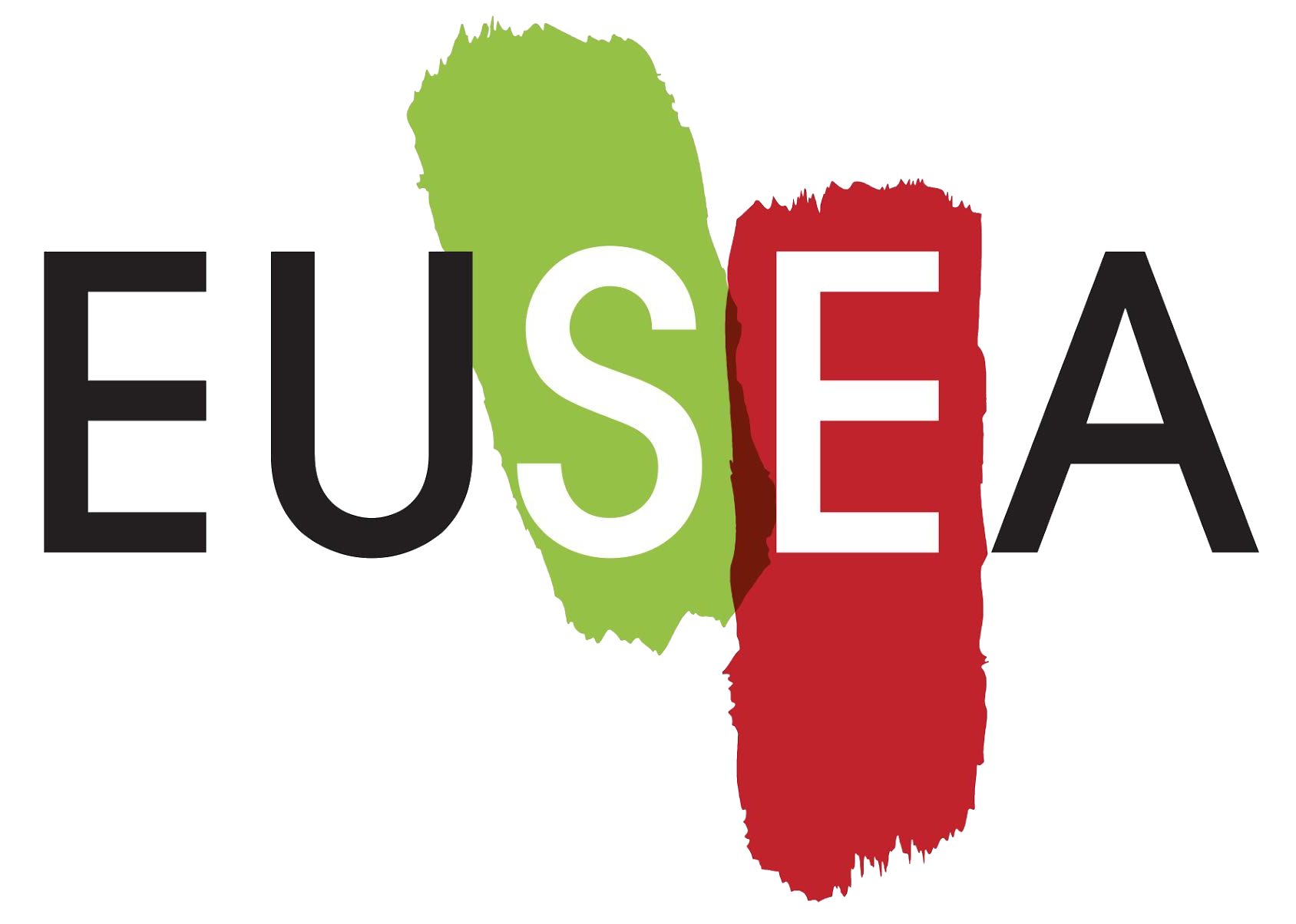Description
Have you ever dance around a classroom while teaching high-school biology students about mitosis and mitochondria?
What could leotards and leggings possibly have to do with neuroscience and physics?
By combining these two activities, a new pedagogy emerges! One that provides a refreshing and inovating approach to science education, communication, and engagement.
We are showcasing a USA-based experience, called Sci-Dance Impacts. Its mission is to rediscover, revitalize, and harness the power of movement for science communication, education, and engagement. Sci-Dance Impacts uses a facilitated, in-person, participatory science dance process to collectively create and discuss dance and science. Participants derive insights by embodying the experience of animals and human actors in complex environmental systems. However this approach could be adapted to cover many different scientific topics.
For a growing number of artists, academics, researchers, and scientists, dance represents a promising new frontier of exploration. Sci-Dance Impacts also has conducted research on the effects of the science dance experience on their participants. Their current research will test the effect of science dance against two alternate science communication approaches and seeks to isolate the qualities that define the science dance experience and what this format offers that the other two methodologies do not.
Target Audience
- Adult citizens
- Teenagers
You can do it with all those groups, but we did it with professionals from different fields like public engagement or the cultural and creative sector.
Benefits
Benefits
A preliminary evaluation of Sci-Dance Impacts approaches showed that participants:
- are voluntarily engaged in a peer-to-peer knowledge-exchange, while maintaining the integrity of the scientific information;
- expressed a newfound appreciation for wildlife conservation work;
- Found meaningful connections between the research and their own interests;
- demonstrated new knowledge;
- expressed concern for wildlife;
- believe that dance is a powerful tool to motivate more people to care about wildlife;
- expressed a desire to perform the dance again, to a variety of audiences.
Resources
- https://www.falling-walls.com/engage/finalists2019/kiki_jenkins, USA
- https://www.scienceceilidh.com/, Scotland
- https://theconversation.com/lab-coats-and-leggings-when-science-and-dance-connect-its-quite-a-show-46385, UK
- http://scienceandentertainmentexchange.org/blog/scientific-movement-the-art-of-science-and-dance/, USA
- Video: The Matter of Origins by Liz Lerman





